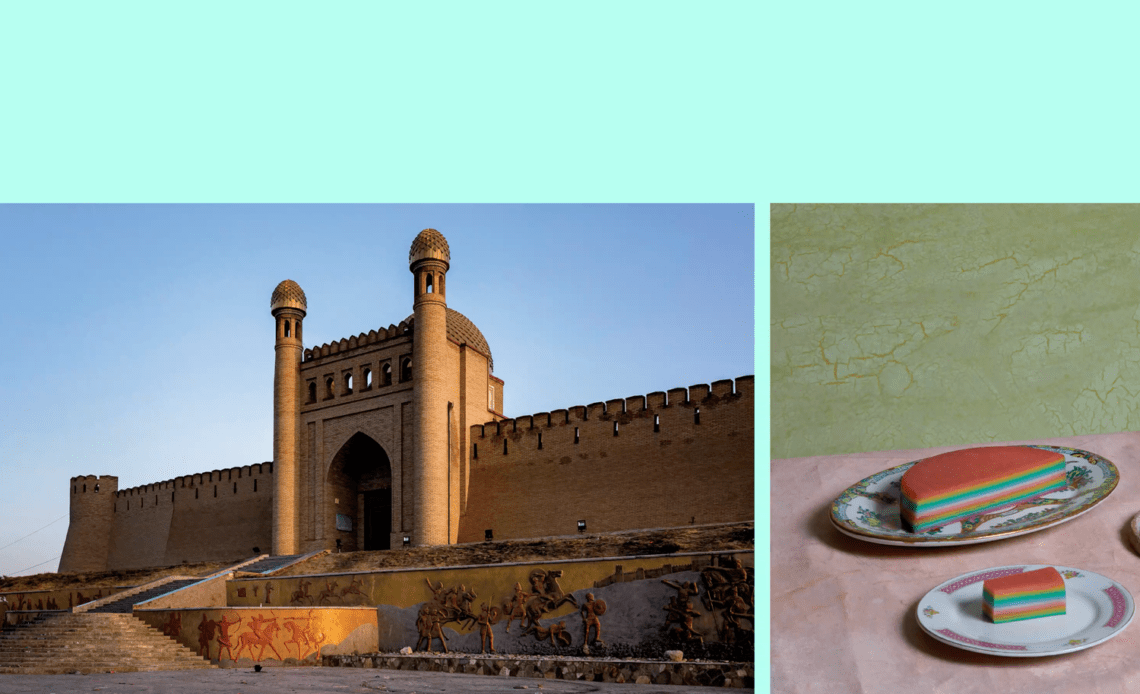IN A REGION famous for ancient cities, Dushanbe, the capital of Tajikistan, is new: A hundred years ago, it was only a dusty village between Samarkand and Kabul. Beginning in the 1930s, the Soviets sent architects to transform its scattering of mud-brick structures into a metropolis whose official name, for decades, would be Stalinabad. Today Dushanbe, a city of about 1 million in a country of 10 million, is still known for its wide boulevards lined with old chinar plane trees that give shade to residents taking evening walks during the ferociously hot summers; for neo-Classical architecture in the Stalinist style, like its opera theater, in whose motifs St. Petersburg meets Bukhara; and for the brilliant colors of its buildings’ dazzling mosaics — of Tajik miners, farmers, dancers and weavers, of stylized atoms, cotton bolls and skeins of thread.
Three writers go searching for echoes of a vanished culture — or a resurrected one.
– Spain: In the country’s churches and streets, the remnants of eight centuries of Islamic rule are hiding in plain sight.
– Singapore: Cuisine is one of the few ways to define Peranakan culture, a hard-to-pin-down blend of ethnic and racial identities.
– Tajikistan: While the nation’s history is being hidden behind glimmering new facades, its artisans hold on to tradition with quiet determination.
Yet over the past decade, the country’s president, Emomali Rahmon, has chipped away at this Dushanbe to build a new city, one that takes its inspiration more from Dubai: glass and steel rising from the dust. In the face of rare public protests, Rahmon’s government has flattened landmarks like the House of Peasants — where the Tajik state was first created in 1929, and the site of the country’s first theater — and razed apartment blocks to create sightlines for new buildings like the National Museum and the National Library, which is famously short of books. “The authorities just want to demolish people’s memory,” the Tajik writer Abduqodir Rustam has said. “For the future generation, history will start from this time, as if there had been nothing before.”
Not quite nothing: Much of Dushanbe’s new art and architecture is meant to evoke the glories of the Persian Achaemenid Empire, founded in 550 B.C., which once stretched from the Aegean to the Arabian Sea and which lasted until Alexander the Great invaded in the fourth century B.C. Although Sunnism is the dominant branch of Islam here, Tajikistan…
Click Here to Read the Full Original Article at NYT > Travel…
